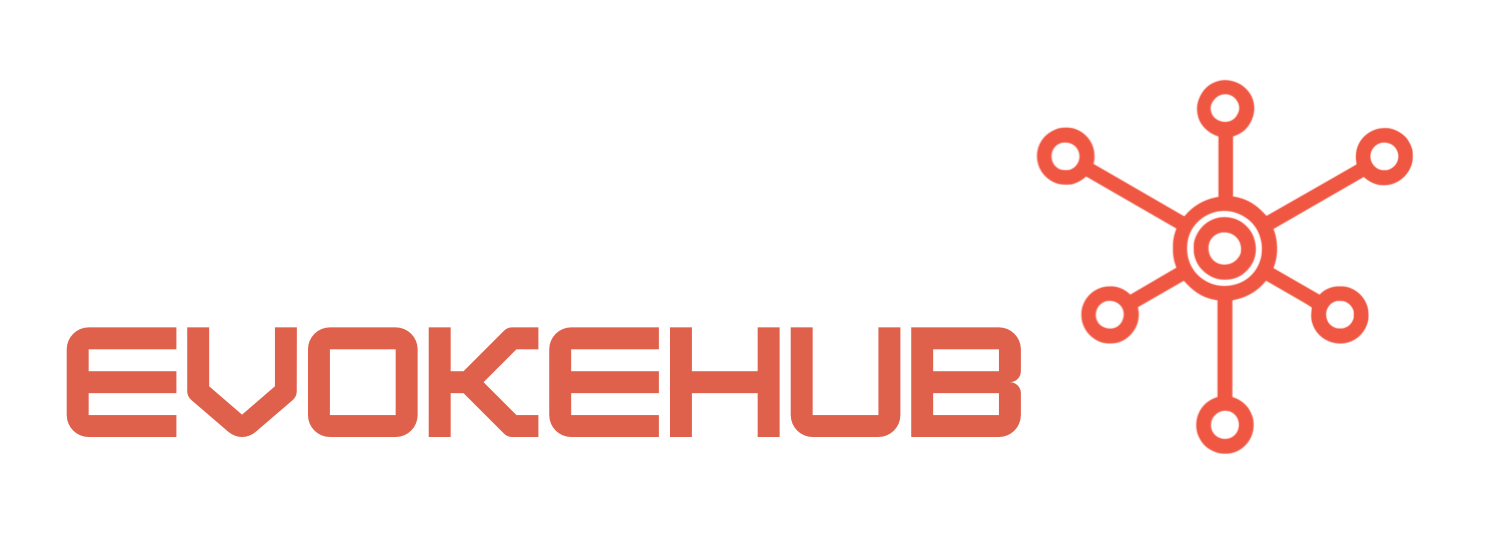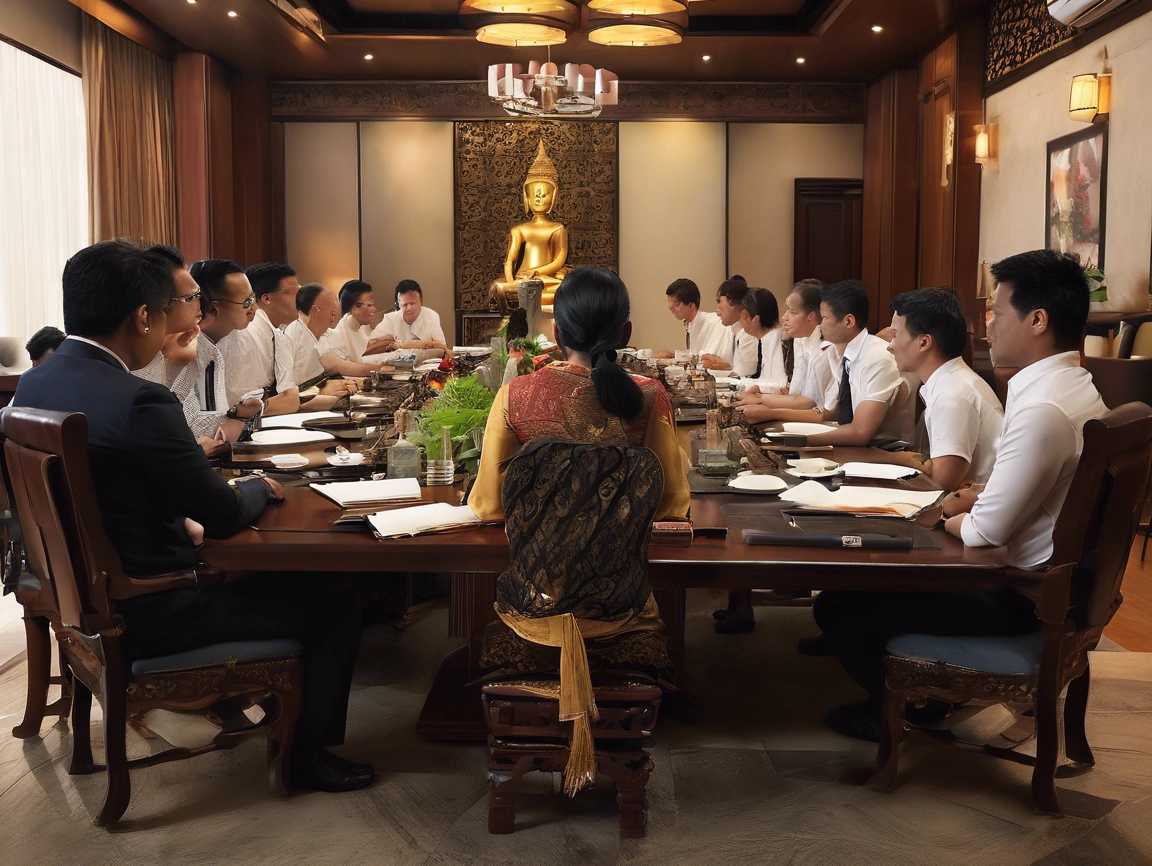Understanding Cultural Nuances in Thai Collaboration
In Thai culture, relationships and interpersonal connections are paramount. Building trust is often viewed as a prerequisite for effective collaboration. Thai professionals tend to prefer face-to-face communication, where they can establish rapport before diving into technical discussions. This is why understanding the importance of relationship-building can significantly enhance collaboration with Thai DBAs and engineers. Engaging in casual conversations before formal meetings can help create a comfortable atmosphere, paving the way for more fruitful discussions.
Hierarchy plays a crucial role in Thai workplaces. Respect for seniority and authority is deeply ingrained in the culture, and decisions may often be made at higher levels. This means that when collaborating with Thai teams, it’s essential to recognize the chain of command and approach senior members with deference. Engaging appropriately with leaders can facilitate smoother project flow, as their buy-in can be critical for project success. Showing respect for this structure can help in building a cooperative environment.
Moreover, indirect communication is a key feature of Thai interaction. Thai professionals often avoid confrontation and may not express their disagreements openly. Instead, they might use non-verbal cues or euphemisms to convey their thoughts. Understanding this subtlety can help foreign teams interpret feedback and suggestions more accurately, ensuring that the collaboration remains positive and constructive. Employing patience and attentiveness can aid in deciphering these nuances, leading to better mutual understanding.
Best Practices for Engaging Thai DBAs and Engineers
To effectively engage with Thai DBAs and engineers, it is essential to adopt a collaborative approach that emphasizes teamwork and inclusivity. Start by involving all team members in discussions, ensuring everyone has a chance to contribute their ideas. This can help foster a sense of ownership and commitment among Thai professionals. Encourage open dialogue while being mindful of cultural tendencies towards more reserved communication styles, allowing space for quieter team members to share their insights.
Another effective strategy is to establish clear expectations and project timelines. Clarity reduces ambiguity, which is particularly important in a collaborative setting where language barriers may exist. Detailed project plans, accompanied by regular updates, can keep everyone aligned and informed. This practice not only enhances accountability but also reassures Thai engineers that their contributions are valued and necessary for achieving common goals. Utilizing project management tools such as Trello or Asana can help streamline this process.
Lastly, be open to feedback and adapt your strategies based on the responses you receive. Thai professionals may offer suggestions and critiques in a polite manner, so it’s vital to remain receptive to their insights. This openness signals respect for their expertise and fosters an environment where collaboration can thrive. Regular check-ins and informal catch-ups can allow for ongoing feedback and adjustment of approaches, ensuring that the project remains on track and that relationships continue to strengthen.
In conclusion, effective collaboration with Thai DBAs and engineers hinges on understanding the cultural nuances that influence their work style and communication. Building strong relationships, respecting hierarchy, and being mindful of indirect communication are essential steps in facilitating collaboration. By adopting inclusive practices and establishing clear expectations, teams can enhance their working relationships and achieve collective success. Embracing these strategies will not only improve project outcomes but also foster lasting partnerships within the Thai professional landscape.




